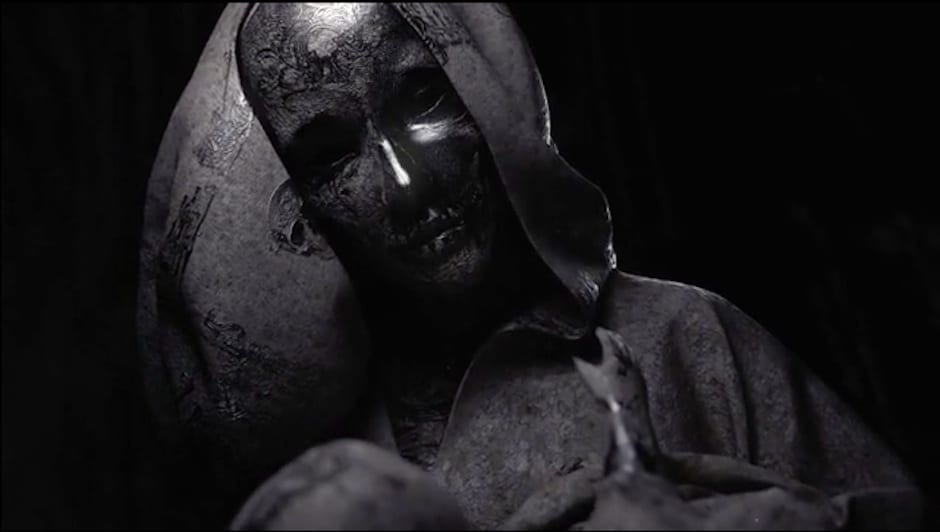Bildungsroman – such a brutal sounding word for a piece of work dealing with spiritual education or a coming-of-age story. How did the idea for your “Bildungsroman” narrative and film evolve?
At first I just developed the ideas. It was such a long development for just one person working in the project that the main idea evolved constantly, until the last minute, not so much aesthetically but especially narratively. There’s nothing new being told but I wanted to find the right metaphors, symbolism and pace to reflect what was important for me personally, to reflect this coming-of-age tensions.
The title was actually suggested to me by someone who pointed this was the literary term for the coming of age story, such as The Catcher in the Rye etc, and I thought it was perfect because of what it represented and how it connected with the film. And it sounded great also!
Could you talk us through the making-of process please? How did you get such a fluid effect – was it through motion capture or animation?
The process was similar to any commercial project in the sense that I started gathering visual references and creating styleframes and slowly these became animatics that I started to render and compose. The difference with a commercial project process was that I constantly came back to adjust the shots in the edit until they created a bigger structure, without the constraints of a deadline.
As I said before, I worked on this for over a year and half whenever I would have free time from commercial projects, so the process was hard and I had to learn many things along the way to try to get as close to my ideal goal as possible – this is impossible but I kept trying.
The animation was different for every shot, there’s some motion capture involved and also some traditional 3D animation. I found I was drawn to the results and look of the handheld 3D camera animations a lot.
The lighting is a key effect in this film, was this achieved entirely with cgi?
The overall lighting is full CG. I really liked from the first tests this deeply contrasted look that revealed the characters only partially but highlighting the symbolic tattoos. The flare, particle and leak effects are 2D. Compositing was such an enjoyable process after all the 3D hard work!
What were the main challenges of making the film and how did you resolve any difficulties?
I think the main challenge was more narrative than technical, because I didn’t want to follow a classic narrative structure but at the same time wanted to express in a very strong way things that were very personal. It was these challenges though that were the most fulfilling in the process because they were purely creative and involved a lot of thinking and no technical difficulties or machine crashes 🙂 Of course, a lot of ideas are not in the final film because of a lack of resources, but I’m glad I pushed it to include as many ideas as possible.
But of course, there were many technical challenges to face! Especially regarding motion capture, which I was new to, and as always a lot of render polishing. A big challenge was the rendering times, as I render in my working machine so I’ve had to learn to make the most out of every render. Google and my colleagues have been really helpful on this as well.
Did Fernando Dominquez specially write the music for Bildungsroman or did you source the track?
He composed the music for the film from scratch from very clear references. Apart from being a musician he’s also one of the most talented animation and art directors so he understood perfectly how music and film need to coexist to push it to the next level.
Where did you train as a 3D artist?
I studied Arts prep school and after I got a degree in Digital Design, but I think as most of us, the real training has been working and learning as each project poses challenges and of course in the biggest university, the internet.









